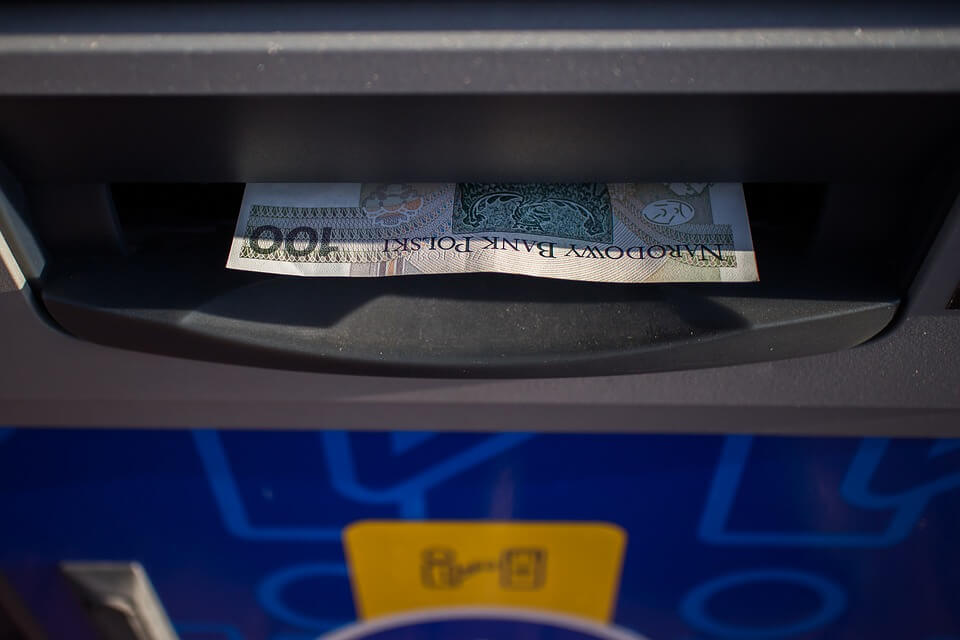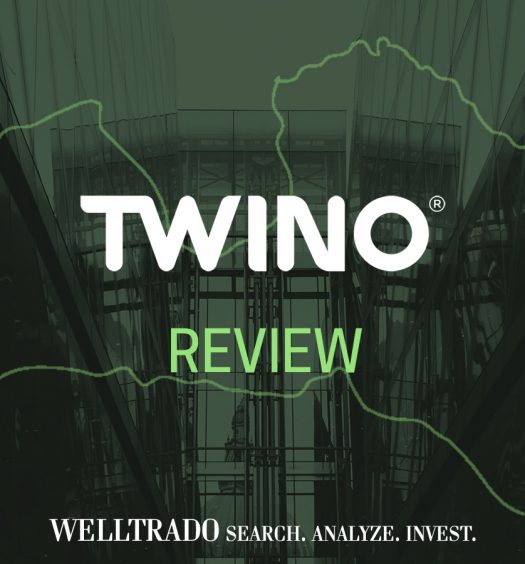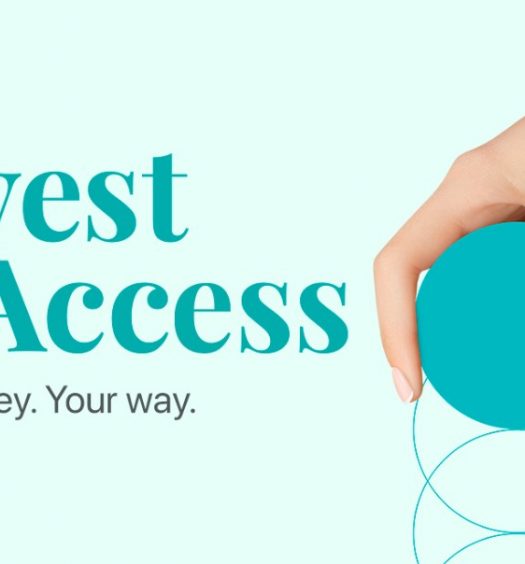How Safe is Peer to Peer lending?
Peer-to-Peer lending is a new emerging solution for investors. In its simplest form, you as an investor give money to one or more individuals or businesses, who later pay back the money with interest at the end of the term.
But is peer to peer lending safe?
Keeping in mind that you are supposed to deliver money to people or businesses that you’re not sure of their credibility!

That gives us a reason to briefly look at the benefits and negatives of P2P lending, and compare this type of lending with the traditional bank system. To have a better understanding of P2P lending we’ve summarized it as follows:
- Account-Based products – you spread your money across loans to various individuals or businesses.
- Self-select investments – you choose a specific borrower to lend your money.
- Innovative Finance ISA (IFISA) – your peer-to-peer loans are wrapped in an ISA.
- Corporate bonds – you lend money to big, listed companies.
Now let’s dive into the world of P2P lending.
P2P Lending Pros
Easier approval
One of the major advantages of P2P lending is the easier loan approval process than that of a traditional bank. Most of the time, you’ll have access to an extensive network of loan providers to work with.
Despite the fact that some of them might be suspicious of working with individuals who have awful credit, there will always be many willing to make trusted deals. This is a huge benefit for people looking for the money.
Lower fees

In P2P lending there are fewer and smaller fees to cover (sometimes none).
A bank will charge you loan application fees, processing fee, insurance fee, and other small fees that they only know of. When you work with another person, in most cases you will not have to cover such fees that all together stand for a significant sum.
Time saving
Using P2P platforms gives you quick access to the money you need. With a bank that may take weeks or even more for you to get the amount, you are looking for.
With P2P lending, you might even able to secure a deal with the lender and have the money in your account all in one day.
This is an important benefit for both sides of P2P lending!
Investing in a business of your choice
Contrary to account-based loans, P2P platforms allow you to compare and select from several businesses or projects to invest in. Because of that, you are able to choose a good investment opportunity where the returns outweigh the risks.
Obviously, this is what you as an investor are looking.
Excellent potential returns
Peer-to-Peer lending offers great potential returns with some platforms giving annual interest earnings in excess of 9% and in some instances up to 20%. On average, banks savings account give 6%, so it only makes sense going all in on P2P.
Tax efficiency
Under the new Innovative Finance ISA (IFISA), UK investors enjoy tax-free interests. Enjoying tax-free investment returns will never happen in a bank environment although they usually don’t charge too much for this.
Relatively low risks and high reputation
Many large P2P lending platforms such as Zopa, RateSetter and Funding Circle claim that none of their investors have ever lost the money they invested. In fact, some platforms, like DoFinance for example, usually cover the costs of failed investments if such situation would occur.
This excellent reputation makes them trustworthy to existing and new investors.
P2P Lending Cons
Early exit attracts a fee
Some P2P platforms don’t allow early exit.
Those that do, usually charge some fee for you to withdrawal from the investment. In some cases, you can only exit the platform if another investor is found to take over your share of the credit.
So it’s important to make sure to invest only when you know that you will not seek an early exit during the loan duration.
High risk on some platforms
The risk involved in P2P lending can be looked at from both sides. For example, there’s always a risk of investing in small companies and startups which have no proven record of success.
There’s a high likelihood that you could experience some failure if you invest in such ventures using platforms, that do not cover loses.
Keep in mind that the potential high return is usually offered due to the fact that you’re investing in small businesses with very high risks.

No FSCS Guarantee
Cash ISAs (Individual Savings Accounts) are covered by the FSCS (Financial Services Compensation Scheme), meaning they are underwritten by the UK Government up to a value of £75,000.
However, P2P lending platforms are not protected by the FSCS, so they don’t benefit from that guarantee.
Bank investments Pros
Insurance
One of the safest places where you can invest your money is the traditional bank. Mainly because most banks have insurance that covers the money held in various accounts.
Banks are also under stricter regulations from the government giving you more confidence that the invested money will only be used appropriately.
Certainty
Investing in a bank account allows you to determine precisely the amount of cash you’ll have at a particular date in the future. This is because bank accounts avoid market changes that affect other investments such as stocks and they usually pay fixed interest rates.
When you need a specific amount of money within a given time period, this certainty becomes a high advantage.
Bank Investments Cons
Low returns
Lower returns are a major disadvantage of bank savings accounts when compared to P2P lending. Factor in taxes on interest and your money might fail to keep up with the gradual increase in costs of goods and services.
Let’s say a bank gives you a 4% annual interest rate on your savings. You pay a third of that in taxes while the inflation is somewhere around 3% a year. This means that your money’s purchasing power crumbles, and suddenly you’d have been better of holding onto your money or investing somewhere else.

Fees! Fees! And more Fees!
We are sure you’ve heard of this: account maintenance fee, ATM fee, over the counter withdrawal fee and more.
It’s absolutely insane just how much fees banks impose on your money. Some of these fees can even exceed the interest rate on your savings account (if you do the math right for a whole year or so).
In other cases, a bank can lower your interest rate or even impose more charges if you fail to meet certain requirements. This route can be tough and you must always pay attention to the terms and conditions regarding bank products.
So is Peer to Peer lending safe?
Peer to Peer lending is as safe as it can be if you use trusted platforms. If you are new to these platforms, we advise you start conservatively and spread your investments. In other words, don’t lend all your money to one borrower.
Be smart; it only makes sense to spread the risk over several borrowers. According to experts, this is the best way to protect your money from one catastrophic default.

P2P sites such as Proper and Lending Club even allow you to invest just a portion of a borrower’s request, and it’s unlikely that all the borrowers will default.
As a matter of fact, you can take the lowest-risk route in Peer-to-Peer lending by working with expert P2P lending companies. Such companies have all or at least the following risk-reducing methods:
- Lend money to only low-risk borrowers.
- Allow you to spread your investments across several borrowers.
- Insurance cover for your losses if a borrower is unable to pay due to unexpected circumstances.
- A bad-debt provision fund – a pool of money set aside to pay you and other lenders if a borrower defaults a loan.
- Securing your advances against borrowers’ assets, meaning the Peer-to-Peer lending company could possibly sell a property and pay you back on the off chance that one of your loanees can’t pay.
Another reason that gives great assurance is that most P2P companies have enough relevant experience from traditional banking, including lending processes and risk analysis.
P2P lenders also engage in underwriting and determining the creditworthiness of all borrowers. So by the time you give your money to a borrower, you can rest assured that your money is going to the right person or company that will not cause a misfortune.
Should you invest in P2P platforms?
Absolutely yes!
There are major benefits you can reap from in P2P lending. Interest rates like you’ll find nowhere else, no overwhelming fees, less time-consuming, chaos borrower you trust, and of course minimal taxation.
Clearly, the advantages of P2P lending outweigh the cons as well as all the benefits that banks offer. Whenever you put your money in the bank, you can agree with us that it’s the interest rate that leads you there. But finding a worthy interest rate is not that easy at all.
P2P platforms, however, have endless opportunities and it seems like this is the best investment route these days. It’s just a matter of years before traditional banks find a way into their own P2P way of banking because they’re starting to lose to P2P lending platforms.
Make sure to try out peer to peer lending before bigger organizations impose different regulations and fees on what is now a trustworthy investment method.
Final Word
Many have asked how safe is peer to peer lending and looking at all of the factors, we are sure to say, it’s absolutely safe if you use trusted platforms and analyze the risks yourself.
The trick is simple, you must first educate yourself and then stick to safe lending strategies.
Do you still have some doubts about P2P lending?
Let us know what holds you back and we will be happy to answer your questions.











January 20, 2019
Do you want to see Dofinance at Welltrado dashborad?
January 20, 2019
I personally invest in Peer to peer lending for the last 4 years. Always try to invest in P2P platforms that have BuyBack guarantees and have short term loans up to 12 months
January 24, 2019
What is Welltrado?
March 17, 2019
Thanks, good info!